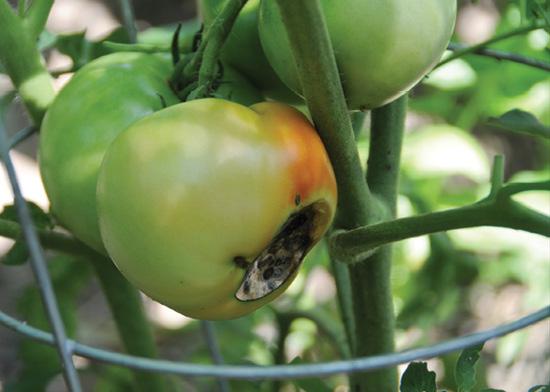How to Install a French Drain
Video by Michaela Parker
Backyard drainage problems are not fun to deal with. A big rain comes and suddenly your backyard turns into a puddled mess! Having standing water in your yard can lead to turf diseases, mold, or wood rot to your home. Nobody wants to have to deal with that! Consider installing a French drain in your yard during the upcoming fall and winter months. A French drain allows water to naturally drain from your yard.
What you’ll need:
- 4-inch drainage pipe with a sock cover
- Pea gravel
- Shovel
- String level with string
Note: The amount of pipe and gravel you need will depend on how long your trench will be.
How to install:
- Determine where in your yard you need to dig your trench. Essentially, this where your pipe will lay. It’s important to make sure the outfall of the pipe is lower than the area you want to drain. The ideal location would be on the outskirts of your property, maybe along a fence line. Direct the pipe towards a drain, ditch, or street for proper drainage. Consider marking where your trench will need to be with spray paint or string.
- Dig your trench wider and deeper than your pipe to ensure it will properly fit and will be ground level once completed. As you are digging, use your string level to make sure you are constantly going at a downhill slope. You can place the pieces of sock-covered pipes in the trench as you go along or wait until the trench is complete. As you are placing the pipe in the ground, the drain holes need to be facing down. You might even consider testing the pipes with water to ensure it drains properly.
- Once all your pieces of pipe are installed, pour pea gravel on top to reach ground level. Some people like to put the topsoil back on top of the gravel to make it less noticeable.
If you have further questions on installing a French drain, you can contact our Smart Landscapes experts, Bob Brzuszek, Pat Drackett, and Eddie Smith.
For additional resources on water conservation, check out Extension Publication 2146, “Water Conservation in Your Landscape.”
Be sure to like Smart Landscapes on Facebook and visit their section of our website for more tips and tricks to incorporate in your landscape.
Subscribe to Extension for Real Life
Fill in the information below to receive a weekly update of our blog posts.









